The basics of Nepal & Money
Do you need to bring US dollars in Nepal?
Where to buy your Nepalese Rupees?
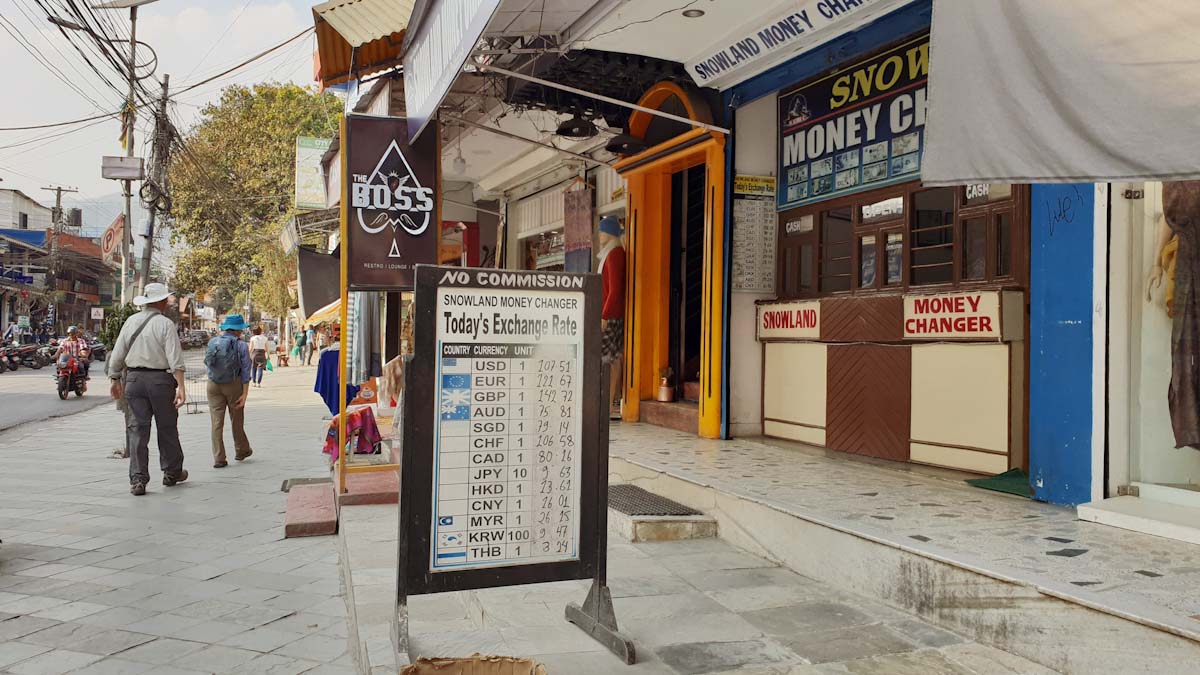
Are there ATMs available in Nepal?

Is EFPOST a thing in Nepal?
Do I tip in Nepal?
Tipping of guides, porters and service staff.
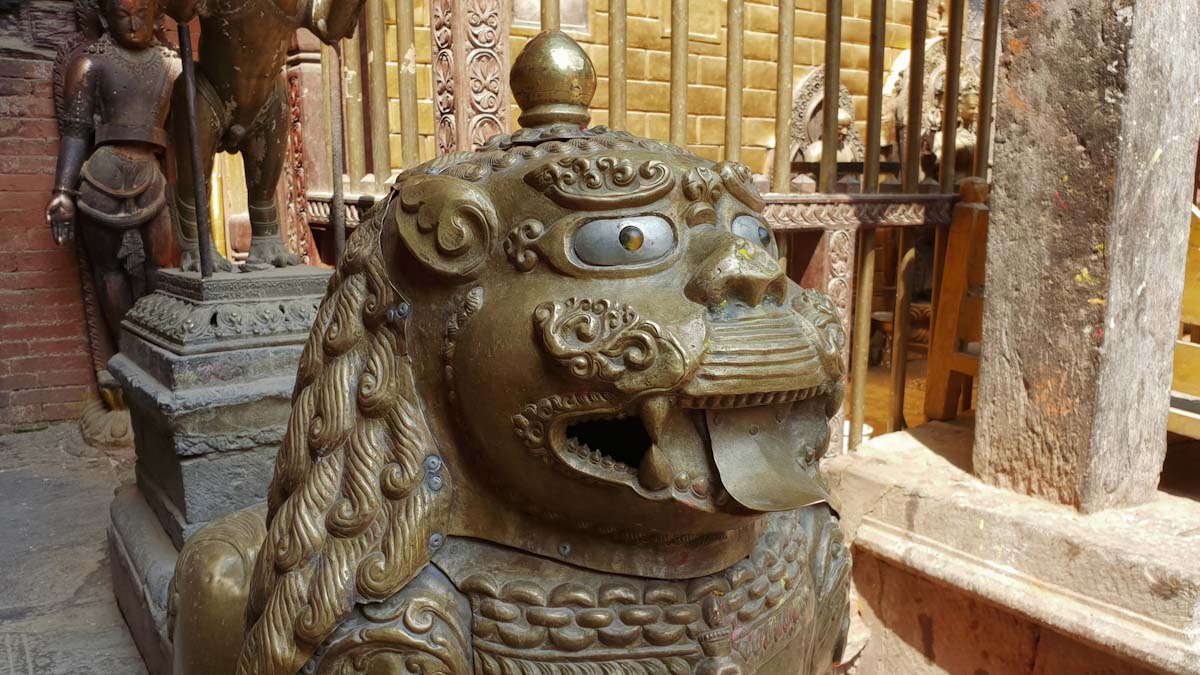
Is the cost of accomodation & food on treks negotiable in Nepal?
Ah, no. These might have been a few year ago but in recent years the small communities that host guests houses, tea shops and restaraunts on the mountains have formed tourism committees. These committees settle the price of accommodation and food within the guest house. So you won’t find anywhere cheaper in the small tourist towns on the treks. Also note that if you do decide to BYO food or decide to eat elsewhere the guest houses will charge you at least DOUBLE for your nights accommodation.
A note on trekking food – in Pokhara we found that several supermarkets sold trekking food. Even the dehydrated meals. Which is grand, as you don’t need to bring them from home. The only thing is that they are expensive. Like really expensive. Way more expensive than buying from home and even more expensive than buying food on the mountain. You can easily buy snacks, and museli bars for trekking in town. But for main meals just cough up the cash and buy locally on the mountain where you can.

How much do things cost in Nepal? And how can I budget for a trip in Nepal.
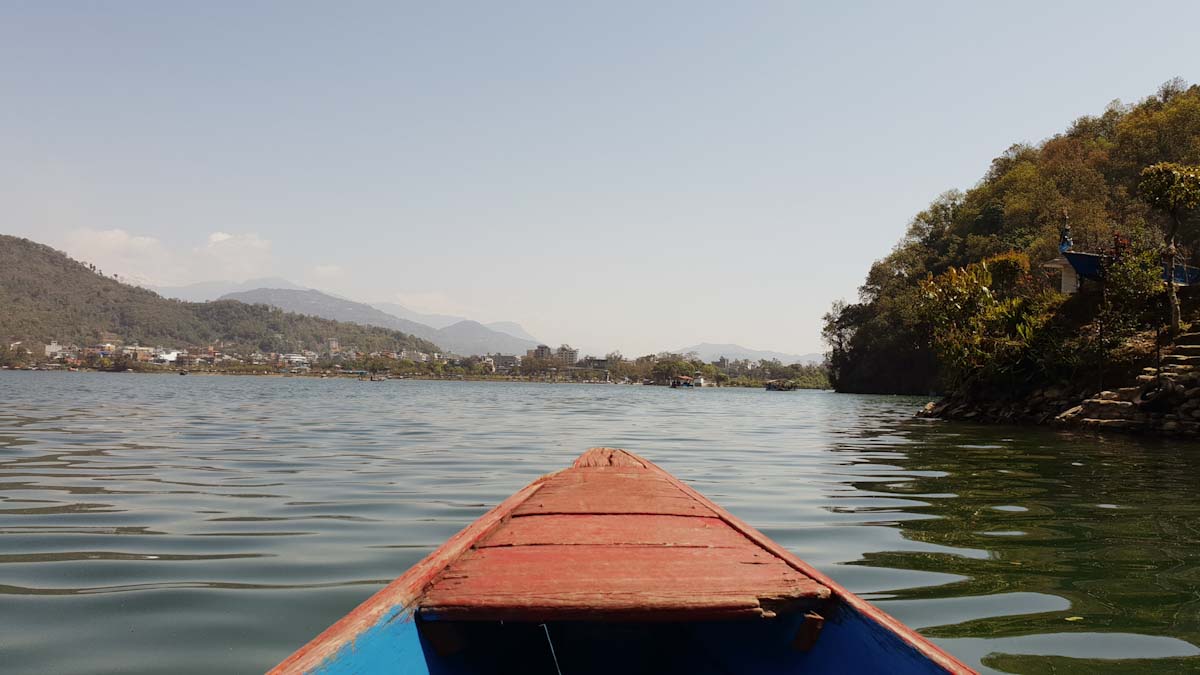
Nepal is an affordable country.
So there you are. An over all guide to dealing with money in Nepal. Got questions? Let me know in the comments below and as per usual I’ll answer them all.
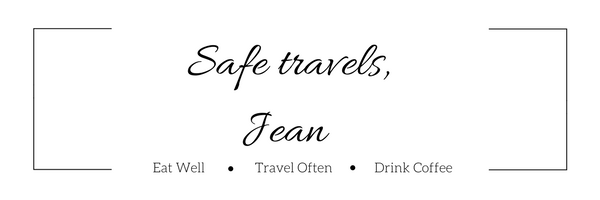
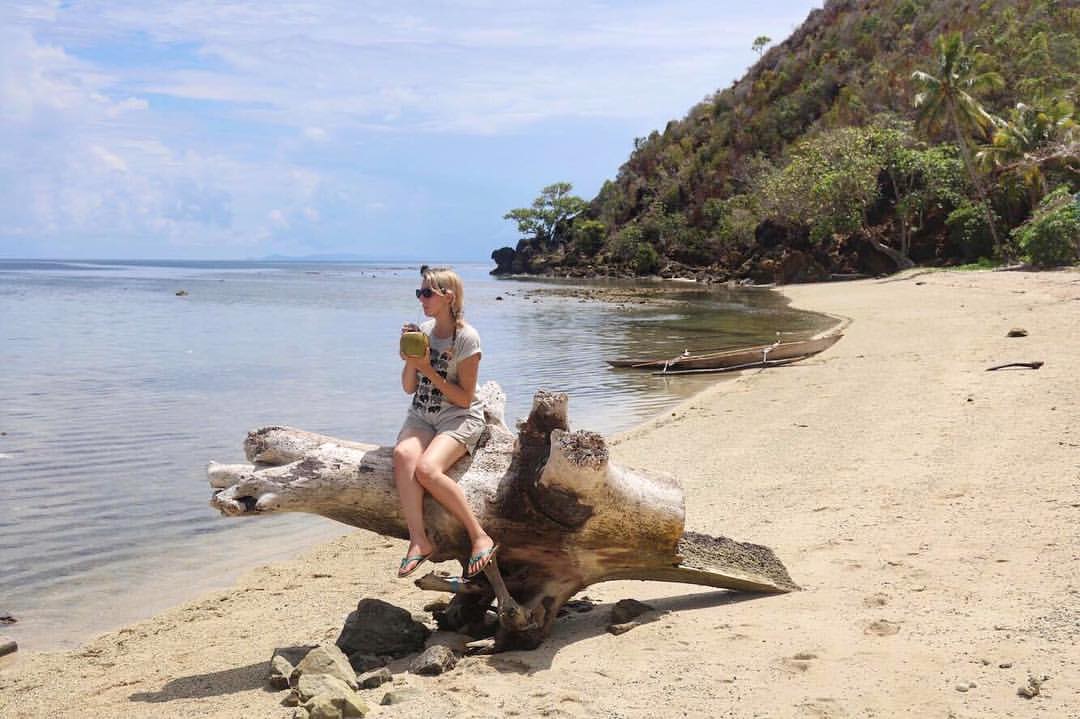
Jeanette
Founder, Principal Blogger & Coffee Drinker
Coffee Lover | Travel Blogger | Horse Rider | Adventure Racer | Donut Dame. Generally nice lady-enjoys wine, indie movies & random dance parties in my tent.
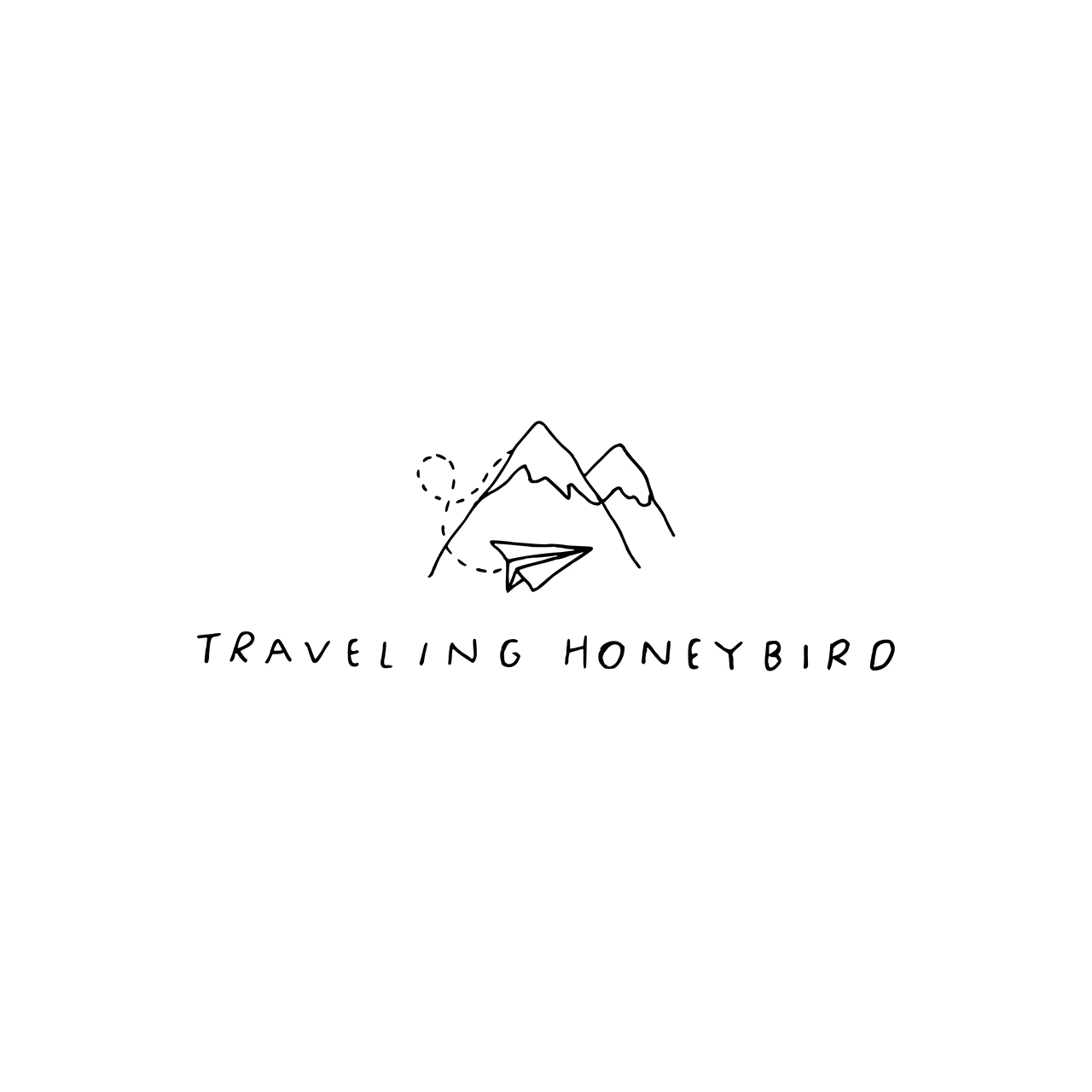






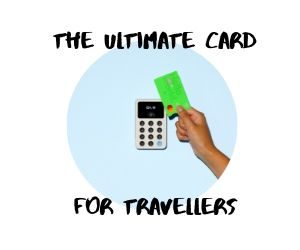


Super helpful financial tips! Planning to visit Nepal this Fall and this will make planning significantly easier. It’s always good to remind people that haggling over a dollar is probably not much to you but can make such a big difference in the merchants life!
Alright, now I’m intrigued by the taxi system in Nepal. Do you agree on a price before you set off on your trip? Do you get to your destination and just get hit with some exorbitant price that you have to haggle down?
Pretty much. The easiest way is to ask at a café of your hotel/hostel what it should cost. Some times we had fares for 400 rupees and people quoted us 1000 rupee or more. If you’re not happy with the price you just walk away. If they drop the price, then they over quoted you.
Knowing which countries use cash and which prefer card is so essential in this modern world! Great tips, I have no immediate plans to go to Nepal but hopefully I’ll make it there one day!
This is really great information that I didn’t know! Thank you for writing it. I’ve bookmarked it for future reference 🙂
Great tips. Thanks for the advice especially about the ATMs.